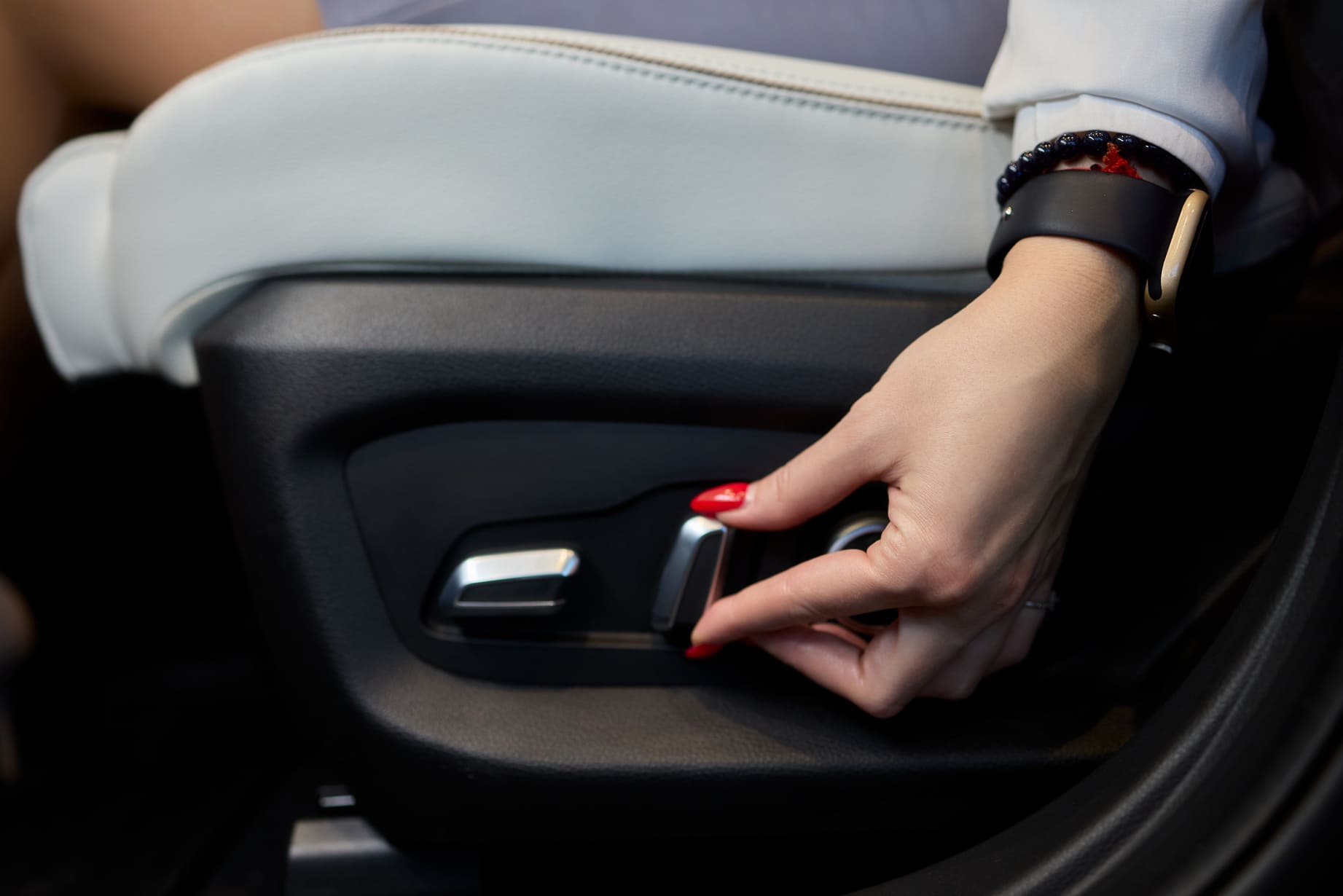Before hitting the road, proper vehicle adjustments are essential for safety, comfort, and control. Whether you’re a seasoned driver or just starting with lessons from a driving school in Surrey or a driving instructor in Richmond, learning how to adjust your vehicle correctly will help improve your driving experience. Let’s walk through the key vehicle adjustments drivers should make before driving.
1. Seat Position
Adjusting your seat is the first step to ensure safe and comfortable driving. Your seat should be positioned so that you can reach the pedals and steering wheel comfortably while maintaining proper posture. A driving instructor in Richmond may recommend adjusting the seat height to get a clear view of the road and ensuring your knees are slightly bent when your foot is on the pedals. This will provide better control of the vehicle.
When attending lessons at a driving school in Surrey, instructors will likely emphasize the importance of having the right distance between you and the steering wheel. Sitting too close can increase the risk of injury from the airbag in the event of a crash, and sitting too far away can affect your reaction time.
2. Steering Wheel Adjustment
Your steering wheel should be adjusted to a height where you can hold it comfortably with both hands at the “9 and 3” position. This provides maximum control and is the ideal hand placement for defensive driving, which you’ll learn at driving schools in Langley.
The angle of the steering wheel should point towards your chest rather than your face, reducing injury risks during airbag deployment. If you need clarification on the proper adjustment, instructors at driving schools in New Westminster can guide you through it.
3. Rearview and Side Mirrors
Proper mirror adjustment is critical for minimizing blind spots and enhancing your awareness on the road. When adjusting your rearview mirror, ensure you have a full view of the rear window to spot vehicles directly behind you. Side mirrors should be adjusted to reduce blind spots, with each side mirror offering a slight view of your vehicle and the surrounding lanes.
Driving instructors at driving schools in Langley emphasize that properly adjusted mirrors help improve situational awareness, preventing the need for excessive head-turning while driving. Most modern cars have blind-spot monitoring systems, but learning proper mirror adjustments during training can make you a more confident and safer driver.
4. Seatbelt
Your seatbelt should fit snugly across your chest and hips. The lap belt must sit low across your pelvis, not your stomach, to ensure maximum protection during a crash. Ensure the shoulder belt crosses your collarbone without rubbing against your neck. At any driving school in Surrey, you’ll learn that proper seatbelt use is essential for driver safety.
5. Head Restraint
The headrest should be adjusted to align with the top of your head. Its purpose is to prevent whiplash injuries during a rear-end collision. The head restraint should be close enough to your head that there’s minimal movement when your head leans back.
Ready to Master Your Driving Skills? Start with Atlas Driving School!
Whether preparing for your driving test or looking to refine your skills, Atlas Driving School is here to help. With expert guidance from certified instructors, you will gain the confidence you need on the road. Enroll today and take your first step toward becoming a safer, more confident driver!

